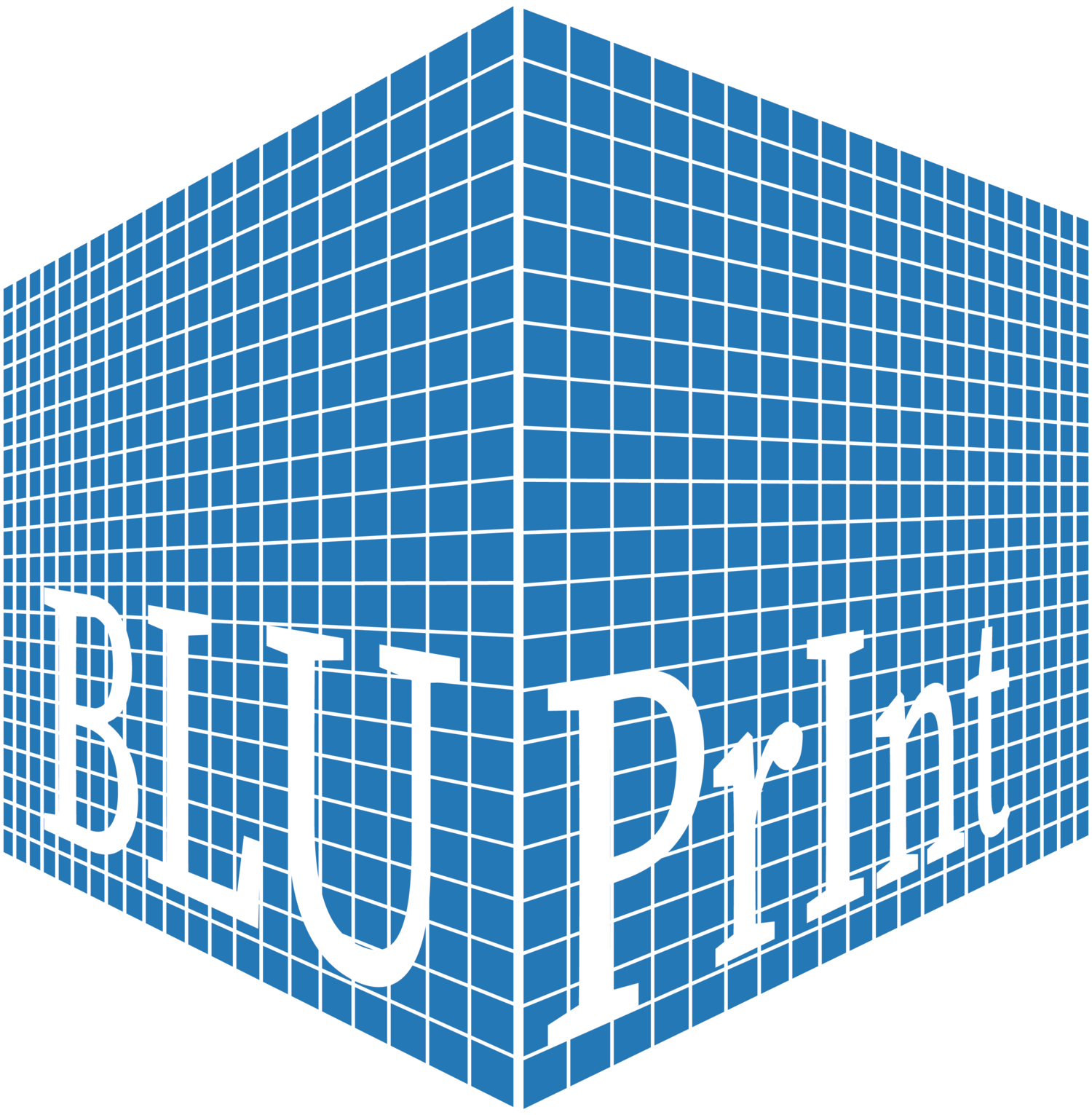
HIV Treatment
HIV treatment is an essential component of comprehensive sexual health.
Antiretroviral therapy (ART) is recommended for virtually all persons living with HIV. Helping persons newly diagnosed or living with HIV initiate, or re-initiate, ART reduces morbidity and mortality from both HIV and non–HIV-related causes. In addition to its direct health benefits ART as prevention (TasP) is a potent form of HIV prevention: individuals who are virally suppressed (undetectable) are unable to transmit the virus (untransmittable) to others sexually. Rapid ART, starting within 72 hours of diagnosis, has been shown to improve retention in care and viral suppression at 12 months and reduce the risk of transmission to others. Resources around HIV treatment can be found here:
The CDC’s HIV Treatment and Care page has information for providers and includes information on addressing barriers to HIV treatment.
The CDC’s living with HIV page has information on HIV treatment designed for patients.
The HIV Clinical Info Clinical Guidelines provides current evidence-based practice guidelines for adult and adolescent ART.
The New York State Clinical Guidelines Program provides guidance on HIV treatment, initiation of ART, and has protocols for rapid ART initiation.
The AIDS Education and Training Centers support clinicians by building expertise and providing clinical consultation and technical assistance across the HIV care continuum. Contact your regional office for more information on trainings available. They also have the clinical consultation network to provide clinical assistance on complicated HIV treatment cases.
The National HIV Curriculum provides educational material and continuing education credit for clinicians who provide ART with an emphasis on initiating ART and management of virologic failure.
